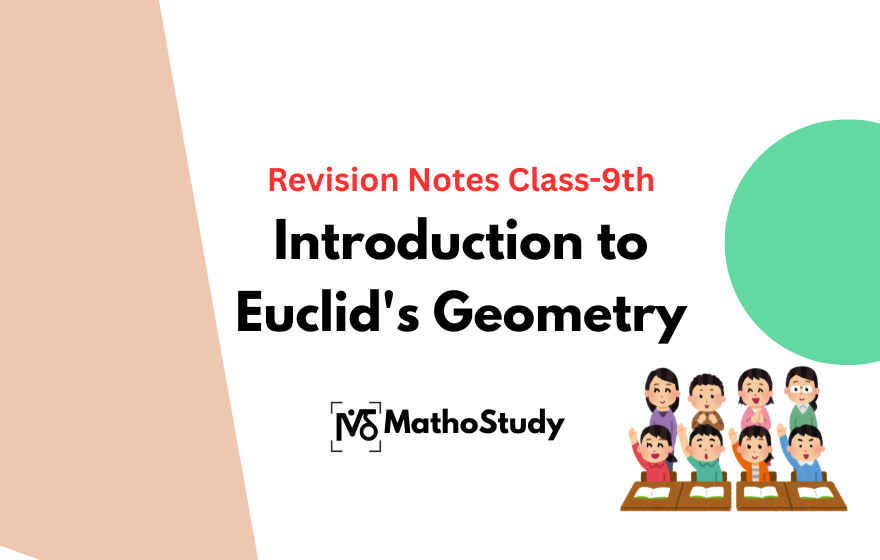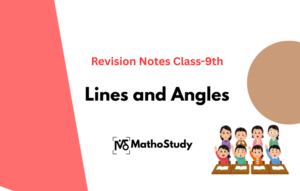What is Euclid’s Geometry?
Euclid’s Geometry refers to the systematic study of geometry introduced by the Greek mathematician Euclid around 300 BCE. His monumental work, “Elements,” laid down the axiomatic approach to geometry, forming the basis of what we now call Euclidean Geometry.
Axioms: The assumptions which are taken for granted without proof are called axioms.
Some of Euclid’s axioms are
- Things which are equal to the same thing are equal to one another. i.e. a = b, b = c ⇒ a = c.
- If equals are added to equals, the wholes are equal i.e. a = b ⇒ a + c =b + c.
- If equals are subtracted from equals, the remainders are equal i.e. a =b ⇒ a – c = b – c
- Things which coincide with one another are equal to one another.
- The whole is greater than the part.
- Things which are double of the same things are equal to one another.
- Things which are halves of the same things are equal to one another
Postulates: Axioms are the general statements, postulates are the axioms relating to a Specific field. Educlid’s five postulates are
- A straight line may be drawn from any one point to any other point.
- A terminated line can be produced indefinitely.
- A circle can be drawn with any centre and any radius.
- All right angles are equal to one another.
- If a straight line falling on two straight lines makes the interior angles on the same side of it taken together less than two right angles, then the two straight lines, if produced indefinitely meet on that side on which the angles are less than two right angles.
Statements: A sentence which is either true or false but not both is called a statement. e.g.,
(i) 4+9=6 If it is a false sentence, then it is a statement.
(ii) Rohan is small. This is not a statement because he may be small for certain persons and may not be smaller for others.
Theorems: A statement that requires a proof is called a theorem. eg.
(i) The sum of the angles of rectangle is 360°.
(ii) The angles opposite to equal sides of a triangles are equal.
Corollary: A result deduced from a theorem is called its corollary.
🔍 Frequently Asked Questions (FAQs) on Introduction to Euclid’s Geometry
Question 1. Who was Euclid?
Answer: Euclid was a Greek mathematician, often referred to as the “Father of Geometry.” He lived around 300 BCE and wrote a book called Elements, where he systematically presented geometry using definitions, axioms, postulates, and logical proofs.
Question 2. What is the importance of Euclid’s work in geometry?
Answer: Euclid’s work laid the foundation for classical geometry. His approach of building geometry logically from basic assumptions is still used today in mathematics.
Question 3. How many postulates did Euclid propose?
Answer: Euclid proposed five postulates, which form the basis of Euclidean geometry.




